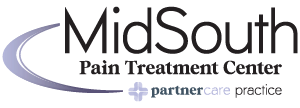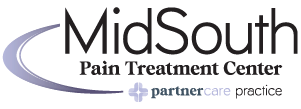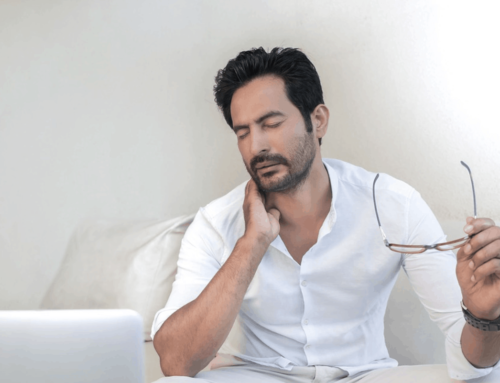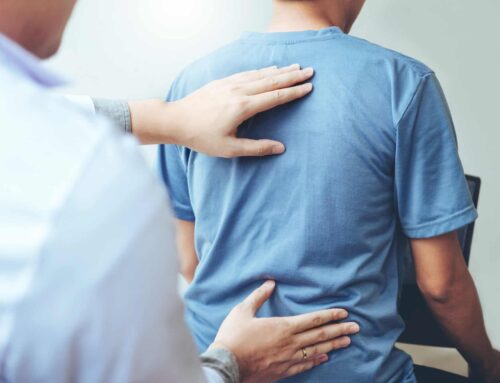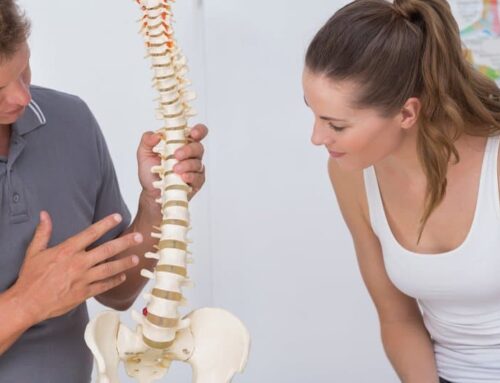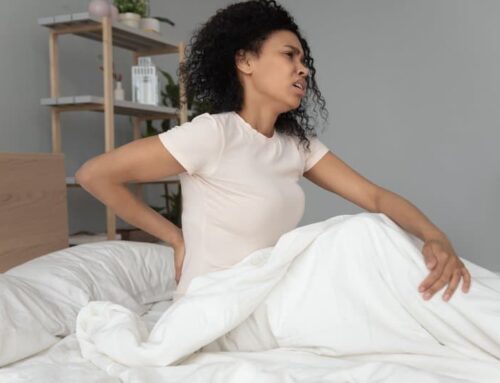Usually, the most damaged portion of your body is your lower back. It’s also one of our bodies’ least recognized and treated parts, making it easier to overlook or misdiagnose the damage as something less serious. This article will explain how to tell if lower back pain is a symptom of a much bigger problem.
The first step towards diagnosing a condition like LBP (lower back pain) is to understand its causes. There are many different types of conditions that may lead to lower back pain including muscle strains, ligament sprains, bone fractures, disc herniations, spinal stenosis, spondylolisthesis, etc.
In order to diagnose these conditions correctly, we need to know exactly where on the spine each type of injury occurs so that we can properly treat them.
For example, when treating a strain, we would want to focus more on strengthening the muscles around the area rather than stretching those same muscles because doing so could actually make things worse. When dealing with injuries such as disk herniation, however, we must stretch the affected areas very carefully because overstretching can tear the disks apart even further causing additional damage.
Symptoms of Lower Back Pain
Lower back pain often presents with symptoms similar to other types of aches and pains. These include:
- Stiffness
- Numbness or tingling
- Weakness
- Tingling sensation along legs
- Burning sensations
- Difficulty walking
- Sensation of “pins and needles”

These symptoms may occur when the nerve roots that supply blood flow to the leg muscles become compressed by swelling within the spine. This compression results in irritation of the nerves, causing them to send messages to the brain telling us we feel something unusual going on down below.
When this happens, our brains interpret what they sense as pain. If you’re experiencing low back pain, chances are good that you’ve tried everything under the sun to get rid of it. But did you ever wonder just how effective certain treatments really are?
We’ll discuss five popular methods for treating lower back pain: exercise therapy, physical therapy, chiropractic manipulation, acupuncture, and massage therapy.
How is Back Pain Treated?
Each type of treatment offers its own unique benefits—let’s start by looking into each method individually:
Exercise Therapy
Exercise therapy involves using specific exercises designed to strengthen muscles around the spine and pelvis. Exercises are usually performed three times per week for 20 minutes at a time. They focus mainly on strengthening weak areas of the core and improving flexibility. A typical program includes stretching, strength training, balance work, aerobic activity, and relaxation techniques. For example, you could do yoga poses while lying down, use weights to lift your legs up toward your chest or practice deep breathing exercises.

Physical Therapists
Physical therapists specialize in helping injured athletes recover quickly after sports injuries. Their goal is to prevent future injuries through proper rehabilitation. They evaluate your posture, movements, and gait patterns. Then they teach you ways to improve your movement pattern and correct bad habits. Afterward, they recommend appropriate exercises based on your diagnosis to relieve tension, improve flexibility, strengthen weak abdominal muscles, and improve balance.
Chiropractors
Chiropractors have been practicing this form of medicine since 1895 when Daniel David Palmer founded his first clinic. The word “chiropractic” means “the science of healing.” In other words, chiropractors treat patients with musculoskeletal problems of the neck, back, shoulder, elbow, hand, arm, etc. These conditions can be caused by injury, disease, stress, poor nutrition, lack of sleep, and more, which may lead to muscle spasms and misalignment of bones. The adjustment of vertebrae by chiropractors helps restore proper alignment and allows normal motion.
Acupuncture
Acupuncturists insert needles into points along energy meridians throughout the body. This stimulates nerve endings and helps release endorphins—natural chemicals that relieve pain. Some people find relief from chronic pain within hours; some experience immediate results. However, some studies show little benefit beyond placebo effects.
Massage
Therapy massages involve rubbing oil onto various parts of the body, including the scalp, face, arms, hands, thighs, calves, or even toes. There’s no evidence that massaging these places has any effect on pain, but many people enjoy them anyway. You might try a Swedish massage or an aromatherapy massage.

There are many other treatment options available for lower back pain. Here are some common ones you may choose to research further:
- Heat therapy helps reduce swelling and relaxes tense muscles. A heating pad placed over the affected area provides more localized heat than applying heat through towels or blankets. Hot water bottles, hot packs, heated pads, or electric warmers may also be used to produce heat.
- Ice packs and cold compresses cool inflamed areas numb pain temporarily.
- Compression stockings constrict circulation and decrease swelling.
- Medications such as aspirin, ibuprofen, naproxen sodium, acetaminophen, and nonsteroidal anti-inflammatory drugs, can be helpful for milder cases.
- Osteopathic manipulation adjusts joint capsules to correct abnormal movements and loosen tight ligaments.
Treatment depends upon how severe the problem is, whether it has been present long enough to affect daily activities, and which type of pain relief is needed. Also worth noting is some treatments work better for certain kinds of pain.
What You Can Do Next
If you think that you might have a medical issue going on, don’t wait until it gets bad enough to go see a doctor. The earlier you seek treatment, the better off you’ll be. You never know when the next episode of severe back pain will strike, but if you’re proactive about getting checked out now, you won’t end up having to deal with it later.
Check out some of the individualized care options at the MidSouth Pain Treatment Center today. You will find all types of minimally invasive treatments and board-certified physicians ready to help you treat your chronic low back pain.
For those seeking relief from their painful symptoms, schedule a consultation today!
